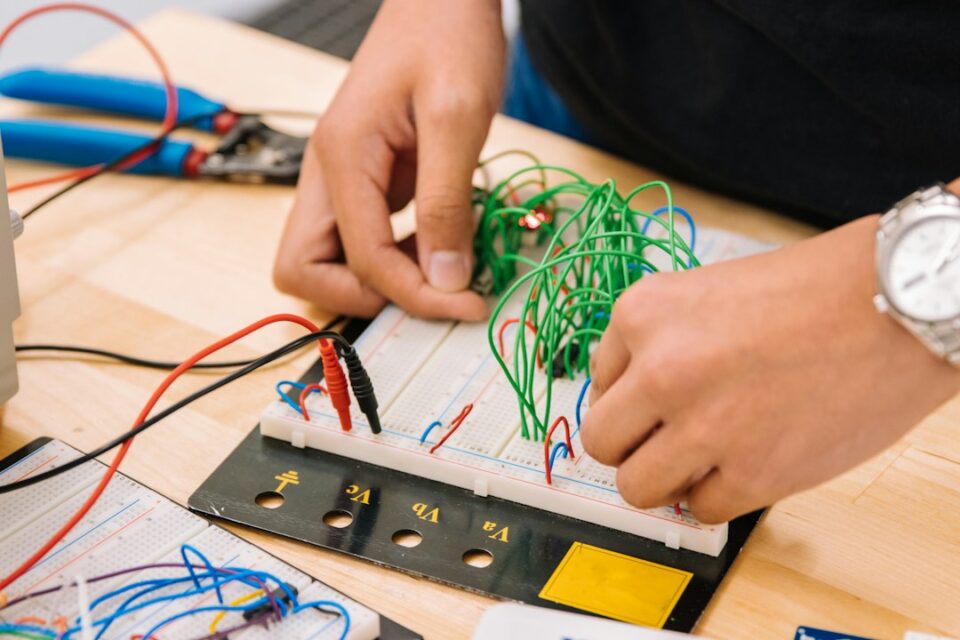Art education plays a crucial role in fostering creativity, critical thinking, and cultural sensitivity among students. Incorporating art education in schools has numerous benefits that extend beyond the development of artistic skills. From enhancing cognitive abilities to promoting emotional and social well-being, art education has the power to transform students’ lives.
One of the primary benefits of art education is its ability to stimulate creativity. By engaging in different forms of artistic expression such as painting, drawing, or sculpture, students are encouraged to think outside the box and explore novel ideas. This creative thinking not only allows students to develop skills that are essential for success in various fields but also helps them find innovative solutions to real-life problems.
Furthermore, art education promotes critical thinking. Through analyzing and interpreting works of art, students are encouraged to form their own opinions and interpretations. This process of critical thinking enhances students’ analytical skills and encourages them to think critically about different perspectives and concepts. Such skills are transferable and can be utilized in subjects across the curriculum.
Art education also fosters cultural sensitivity. By studying different forms of art from various cultures, students are exposed to different values, traditions, and beliefs. This exposure helps students develop an appreciation for diversity and promotes tolerance and empathy. In a world that is becoming increasingly interconnected, these qualities are essential for cross-cultural understanding and peaceful coexistence.
Incorporating art education in schools also has positive effects on students’ emotional and social well-being. Artistic expression provides students with an outlet for self-expression and a means to cope with stress, anxiety, and other negative emotions. This emotional release can have a significant impact on students’ mental health and overall well-being. Moreover, art education often involves collaborative projects, which foster teamwork, communication, and cooperation. These skills are vital for success in both personal and professional relationships.
Finally, art education has been linked to improved academic performance. Numerous studies have shown that students who participate in art education tend to have higher test scores and better grades. This can be attributed to the fact that art education engages students’ minds, promotes active learning, and provides an alternative approach to traditional subjects. Additionally, art education strengthens memory and concentration skills, which are essential for academic success.
In conclusion, the benefits of incorporating art education in schools are far-reaching. From fostering creativity and critical thinking to promoting cultural sensitivity and emotional well-being, art education has a positive impact on students’ lives. By providing a well-rounded education that includes artistic expression, schools can help students develop skills that are essential for success in the 21st century and beyond.

